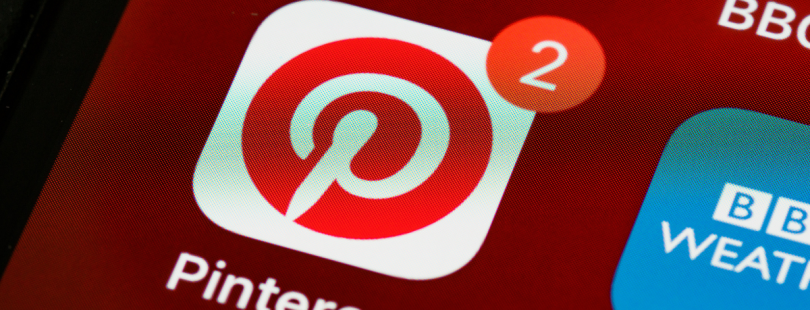Does it seem like social media marketing just clicks for some people? their content is perfect, they connect with the best people, there are “likes” aplenty—meanwhile your business or product of equal quality is straggling behind, trying to pick up a few modest likes and shares where it can.
Some people just can’t seem to grasp some of the most elementary concepts when it comes to Facebook, Twitter, and the other platforms. And that’s OK—you’re a business owner, not a social media expert. If these platforms could be mastered on their own, there wouldn’t be a need for digital marketing agencies. If anybody—even those who do claim to be social media gurus—say they’ve learned it all themselves, they’re lying.
The sad truth is that there isn’t an official “Social Media Marketing How-To Manual.” Any brand that’s succeeding at it has a marketing team or did at one point in the past. And as for marketers? We’ve all figured out what works and what doesn’t through trial, error, and a TON of hands-on experience.
But unfortunately, it isn’t in many brands or agencies best interest to share what they know. If you get as good at social media as your competitors, they face losing clients. And if you surpass the need for an agency then they’re SOL—it’s like in Terminator when the robots outgrew the humans.
But, I’m going to do you a favor and loop you in—I’ll tell you why later. There are many unspoken rules of social media and how things work, but these are without a doubt the most essential. So let’s get started on everything you need to know.
- Don’t “Like” your own content. It’s nice to pat yourself on the back every once in a while, but don’t do it on social media. If your only engagement is from yourself, well, that will look a tad pathetic, won’t it?
- Respond to customers ASAP. Don’t forget, it’s SOCIAL media. That means these are channels of communications between you and your customers. Keep things positive, informative, and professional.
- Be involved in the community. Apart from having good customer service, you need to be social in other ways such as sharing other businesses’ content (as long as they aren’t competitors). You should also be hosting engagement-heavy content like contests, polls, and Q&A sessions.
- Abide by platform rules. Each social media platform connects people in different ways. LinkedIn is all about professional networking. Instagram is heavily focused on images. Twitter does best with news and current events. Make sure you “do as the Romans do” and shape your content to match what people flock to.
- Keep it visual, baby. It’s been proven time and time again that social media updates do significantly better with some form of visual. Whether you want to use a picture, video, GIF, 360-video, live broadcast, or whatever is next in the world of marketing, you need something to compliment your copy.
So, while there isn’t any go-to manual, these rules are a great starting point for marketers who are trying to hit the ground running with social media. As you abide by these unspoken laws, take the time to plan, write, create, strategize, and revise your methods. Trust me, your efforts will go a long way.
Why am I telling you all this? Because digital marketing is a complex and time consuming art, and no matter how good you get at it, unless you can afford to do it internally you’ll need to hire a team—and, to be honest, it’s easier for everyone involved when a client isn’t starting from zero.
So get posting! And when it’s time to scale up your operations, we just hope you’ll remember the humble agency who brought you to the dance to begin with.
Read More















